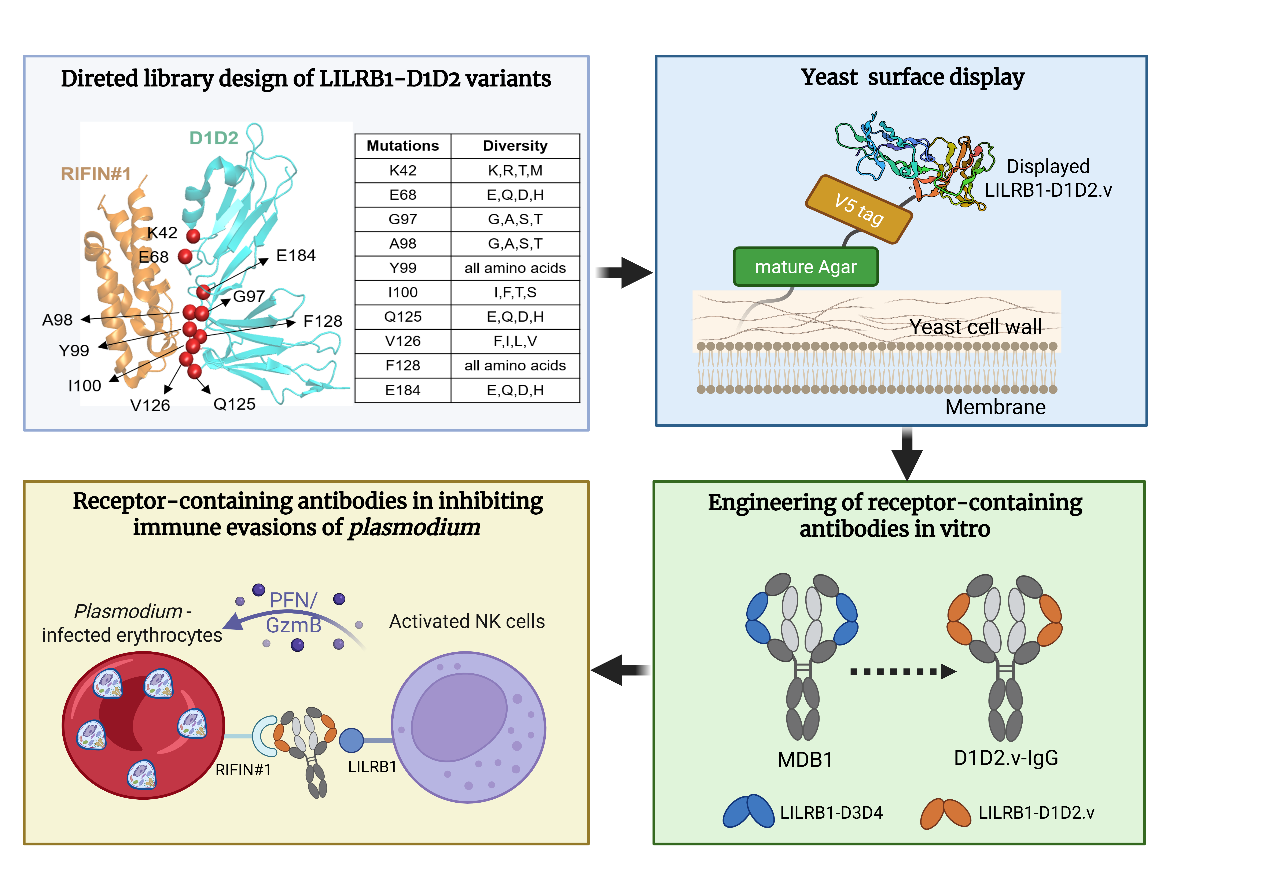2025-05-30 中国科学院(CAS)

Schematic overview of the TAC-C technology and patterns of long-range chromatin interactions revealed by TAC-C. (Image by IGDB)
<関連情報>
- https://english.cas.cn/newsroom/research_news/life/202505/t20250530_1044776.shtml
- https://www.science.org/doi/10.1126/sciadv.adu6565
TAC-Cによる農作物のオープンクロマチン相互作用とSPLを介した光合成制御機構の解明 TAC-C uncovers open chromatin interaction in crops and SPL-mediated photosynthesis regulation
Jingmin Kang, Zhaoheng Zhang, Xuelei Lin, Fuyan Liu, […] , and Jun Xiao
Science Advances Published:30 May 2025
DOI:https://doi.org/10.1126/sciadv.adu6565
Abstract
Cis-regulatory elements (CREs) direct precise gene expression for development and environmental response, yet their spatial organization in crops is largely unknown. We introduce transposase-accessible chromosome conformation capture (TAC-C), a method integrating ATAC-seq and Hi-C to capture fine-scale chromatin interactions in four major crops: rice, sorghum, maize, and wheat. TAC-C reveals a strong association between chromatin interaction frequency and gene expression, particularly emphasizing the conserved roles of chromatin interaction hub anchors and hub genes across crop species. Integrating chromatin structure with population genetics data highlights that chromatin loops connect distal regulatory elements to phenotypic variation. In addition, asymmetrical open chromatin interactions among subgenomes, driven by transposon insertions and sequence variations, contribute to biased homoeolog expression. Furthermore, TaSPL7/15 regulate photosynthesis-related genes through chromatin interactions, with enhanced photosynthetic efficiency and starch content in Taspl7&15 mutant. TAC-C provides insights into the spatial organization of regulatory elements in crops, especially for SPL-mediated photosynthesis regulation in wheat.


